Independent Watchmaker Thomas Schnelle And His Love For Art Deco
Thomas produces small numbers of a surprising Art Deco-styled watch using vintage Longines movements.

In our search for new and surprising independent watchmakers to share with you, we come across many different styles, ranging from highly classical to contemporary and expressive. In recent months we have discovered watches by Alexandre Hazemann, Minhoon Yoo, Theó Levaltier and several others. All of these struck us in one way or another, which after some digging, often results in fascinating stories. Next up is a watchmaker from the north of Germany, who started out as a supplier for the industry and is now making a very cool Art Deco wristwatch! Let’s meet Thomas Schnelle, shall we?
Thomas, can you quickly introduce yourself and explain a bit of your background as a watchmaker?
I studied toolmaking after secondary school in my native city in the north of Germany, and I quickly realised that this would not fulfil me. After finishing technical college, I thought about studying design but lacked confidence. So I introduced myself to the people at a Munich watch company named Chronoswiss. It was a shot in the dark, but in 1991 I started as a supplier for them with a series of 99 escapement models, all thanks to Mr Gerd-Rüdiger Lang’s faith and trust in a 21-year-old newcomer.
What pushed you into establishing your own watchmaking business? Can you tell us more about that?
Already as a young freelancer for Chronoswiss, I was full of ideas and wanted to start building my own watch brand. But I realised I lacked knowledge, so I decided to do my watchmaking apprenticeship first. And then big city life, family, and employment got in the way. It never seemed like the right time to start. Over the years, it became something of an ongoing joke: “Hey Thomas, how’s your watch coming along?” Although the expectations grew to be a burden, it was still easier for me to do design renderings and prototypes for paying customers instead of taking a huge risk on my own.
And yet, all the while, I was collecting knowledge, machines, and ideas. So when a close friend, who had long known of my watchmaking dream, called me three years ago and told me he wanted me to present my still nonexistent watch in a bazaar-like exhibition of local craftsmen, I saw my chance to test the waters. I invested six months – parallel to my other work – in creating three prototypes.
Then Covid shut down the exhibition after only one week, and I figured that was that. With nothing to lose, I sent one of my prototypes to Marc-André at Watches-TV, and he was gracious enough to feature it on his channel. After that, things moved quickly. In the middle of the pandemic, watch lovers started to reach out to me via Instagram from all over the world. I finally took a deep breath and jumped into the deep end with my own Schnelle watch brand.
What struck me was the rectangular Art Deco watch you regularly post in your Instagram feed. How did you come up with that concept?
I was aware that there were only a few rectangular mechanical watches out there. The idea was to do a watch for tech-passionate women – but the customers have turned out to be mostly men.
My first sketches for the watch were round – and did not whip up enthusiasm. So I approached it again with a simple boxy layout and, through iterative renderings, hit upon a more appealing look. The edgy shape also made creating the stainless steel prototypes simpler, which I had never done before on this level. The idea of the U-shaped front glass was to capture as much light as possible and make the case appear more open. The development from Plexi proto to sapphire crystal was a struggle and took me nearly a year with the suppliers.
Did you start out with a design and then source the movement or vice versa? And what can you tell us about the movement itself?
Since the beginning of my watchmaking journey, I have been fascinated by the outstanding quality of old movements, especially Longines. And since building my prototypes for the Chronoswiss Digiteur, I had been hooked on the idea of an open-back revealing the beautiful machine at work. This nearly 80-year-old movement works incredibly well because of its high-quality materials. And so, I decided to build something with a minimalist Art Deco approach.
You do a lot of work in-house, by yourself. What work does that include before you have a finished watch?
As a toolmaker, my big advantage is that I am able to produce even the cases myself. This gives me the freedom to design and build all parts from scratch. So I do everything – except crystals and movement – in-house. In the frosted-salmon variant, I even adapt and finish the movement myself.
Can you tell us a bit more about the specifications of the watch?
The watch has an hour and minute indication and an indirect subsecond. The refurbished hand-wound movement, from around 1945-1955, works with a screw balance at 18,000vph. It has 17 jewels and a power reserve of 43 hours. The chatons, bevels, polished wheels and bridges really make it look high-grade. The case is sandblasted stainless steel with sapphire crystal on the front and back.
The crystals are glued to the case, and there are gaskets inside the caseback and crown – so the watch is water-repellent, not resistant. You can choose between four dial colours: pure German silver, ruthenium grey, black, and salmon. Besides the original movement, I offer a version with a frosted-salmon finish, matching the salmon dial. Please check on Instagram for all available options.
How many watches do you produce per year, and do you work on other projects as well?
I mainly work on this series. Because of all the customisation options, I am very slow. Maybe one or two watches per month. And I still work freelance for various customers, including a big brand; it’s my insurance policy or my bread and butter – if you like. This allows me to stay independent.
In the past, you’ve also worked for other brands, including Chronoswiss. Can you elaborate on that?
I completed my watchmaker apprenticeship in 1995 and was honoured as Germany’s best young watchmaker in a practical performance competition. In the following years, I worked for Chronoswiss in several departments. Starting in 2002, I supported them as a freelancer on Prototypes, Design and 3D renderings.
What are your plans for the future? What would you like to be doing in the coming years?
As a follow-up project, I would love to do a round, classy dress watch based on a Longines pocket-watch movement. I am still collecting ideas for 3D renderings – the first of many, many steps. It will be quite a journey until the day the modified movement finally ticks.
If people want to get in touch or order a watch, how can they reach you?
I am happy to answer all questions via email. You can watch my work process and all the customisation options on Instagram and reach out to me there, too.
For more information, please visit Tommlab.de.

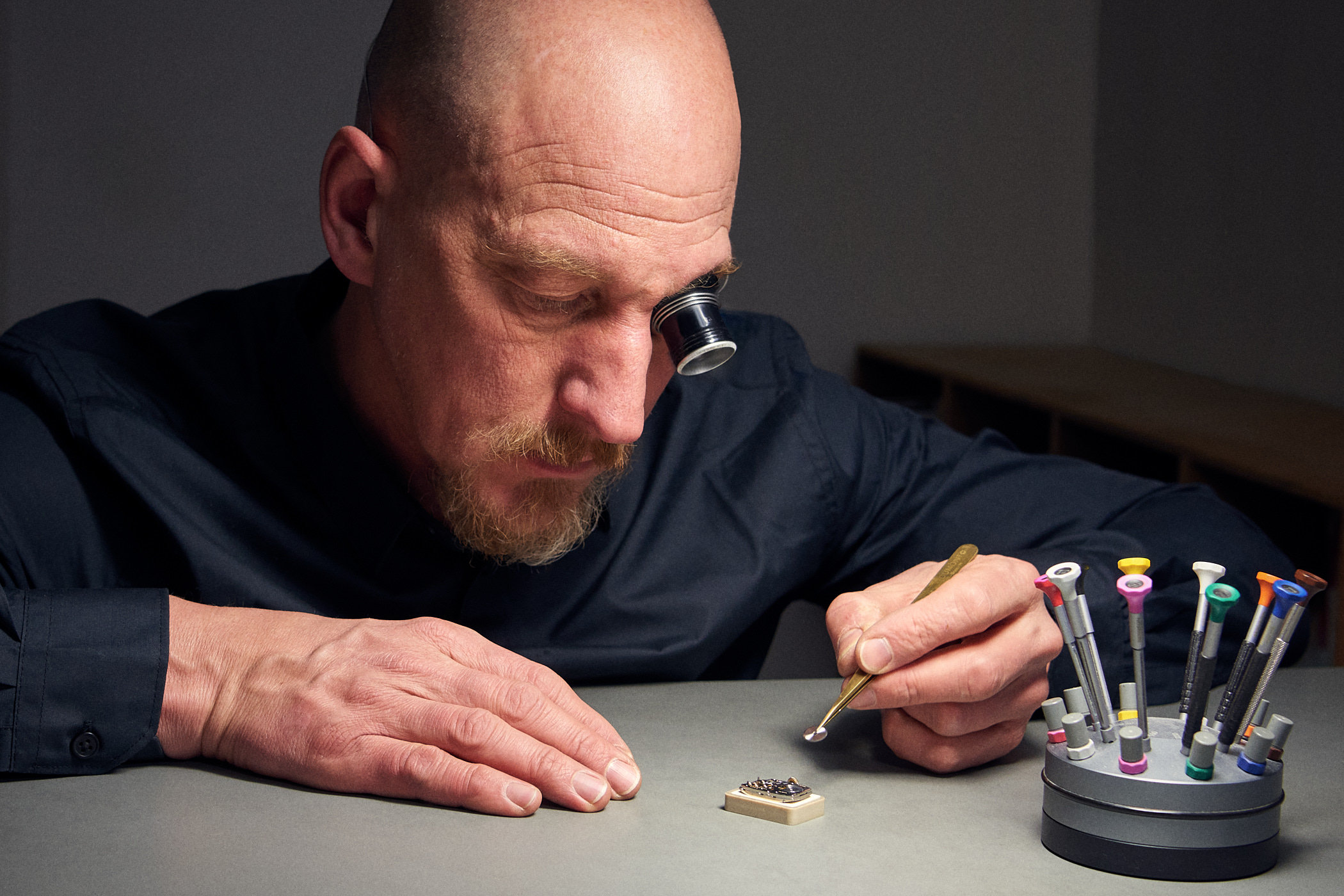

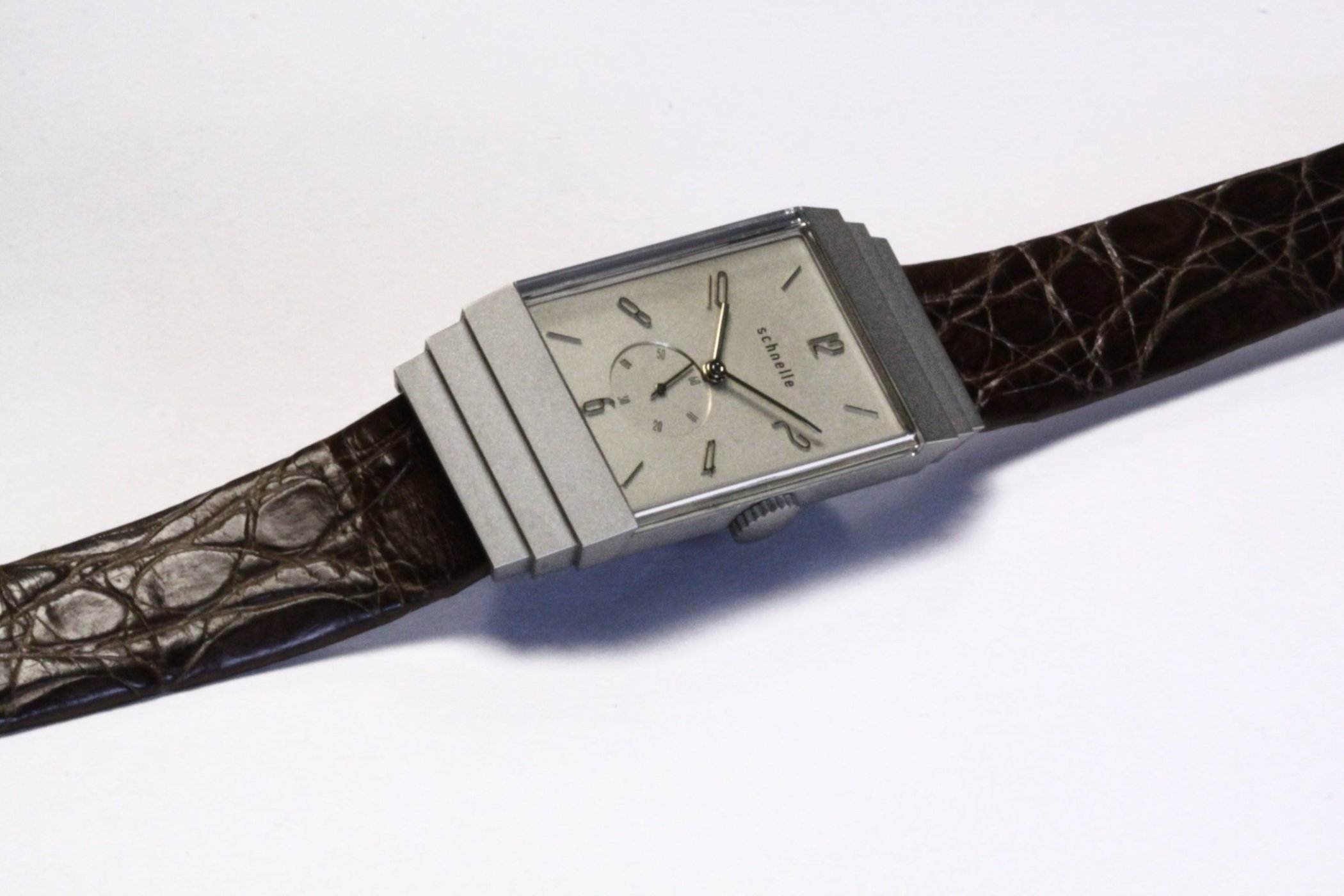

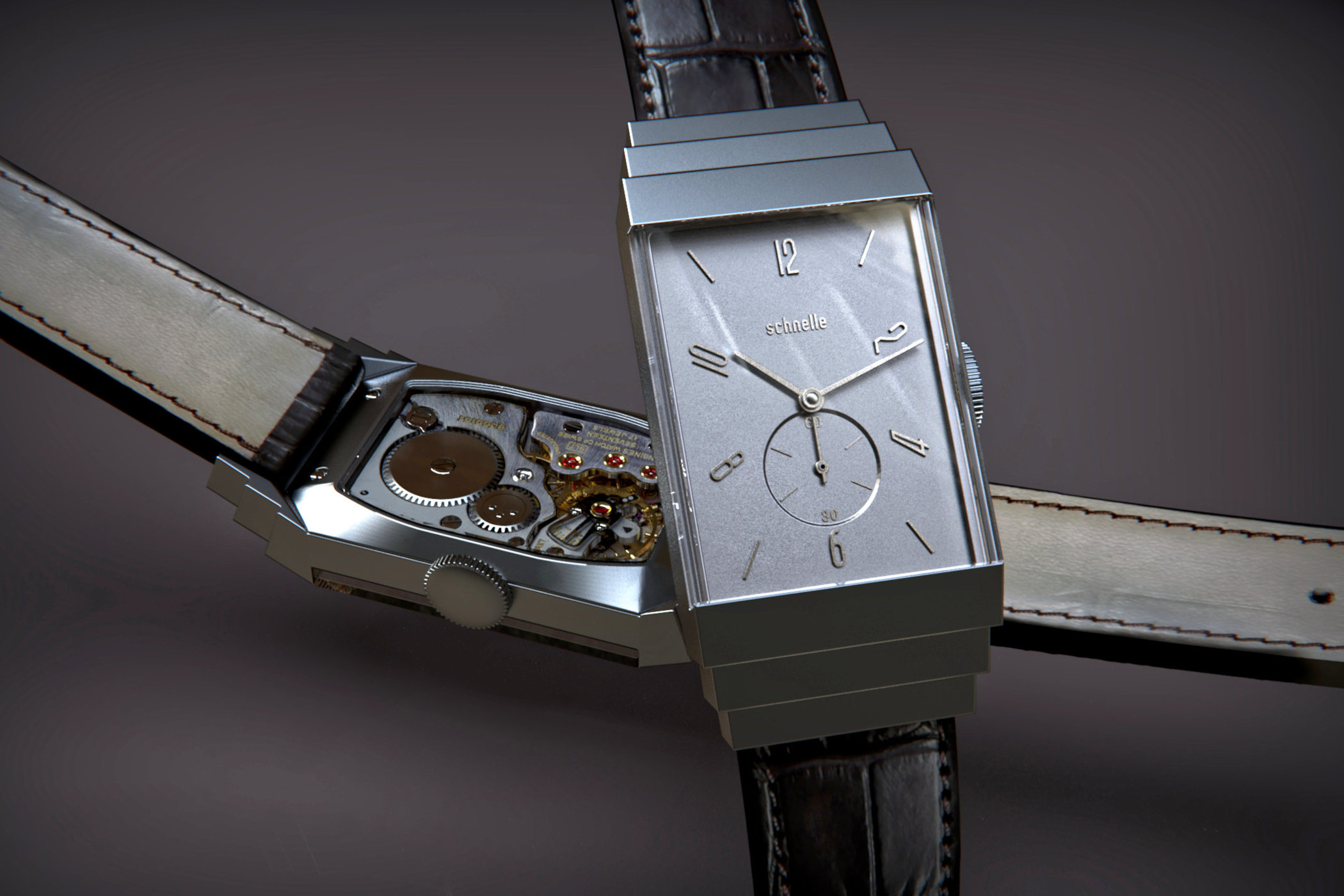
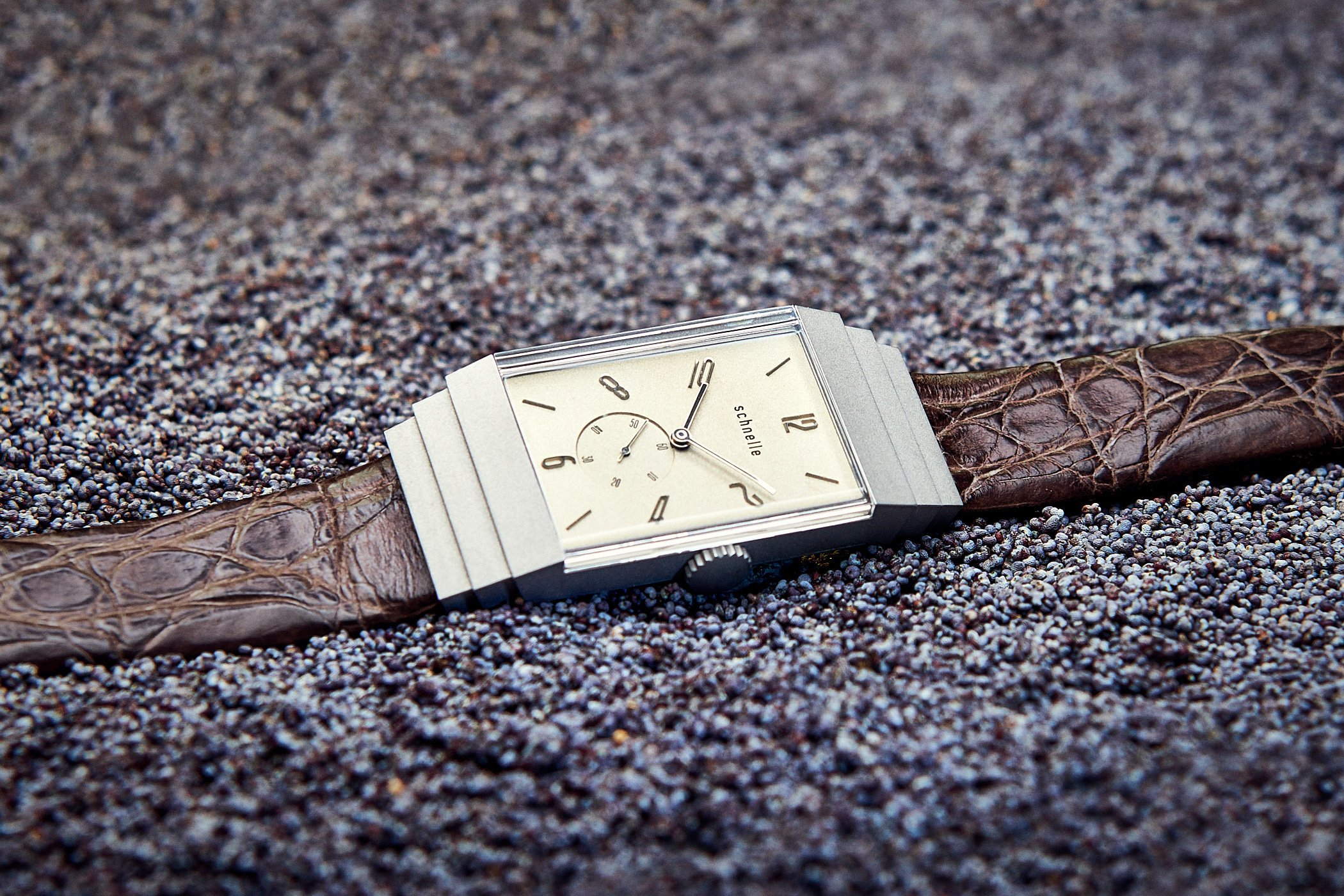
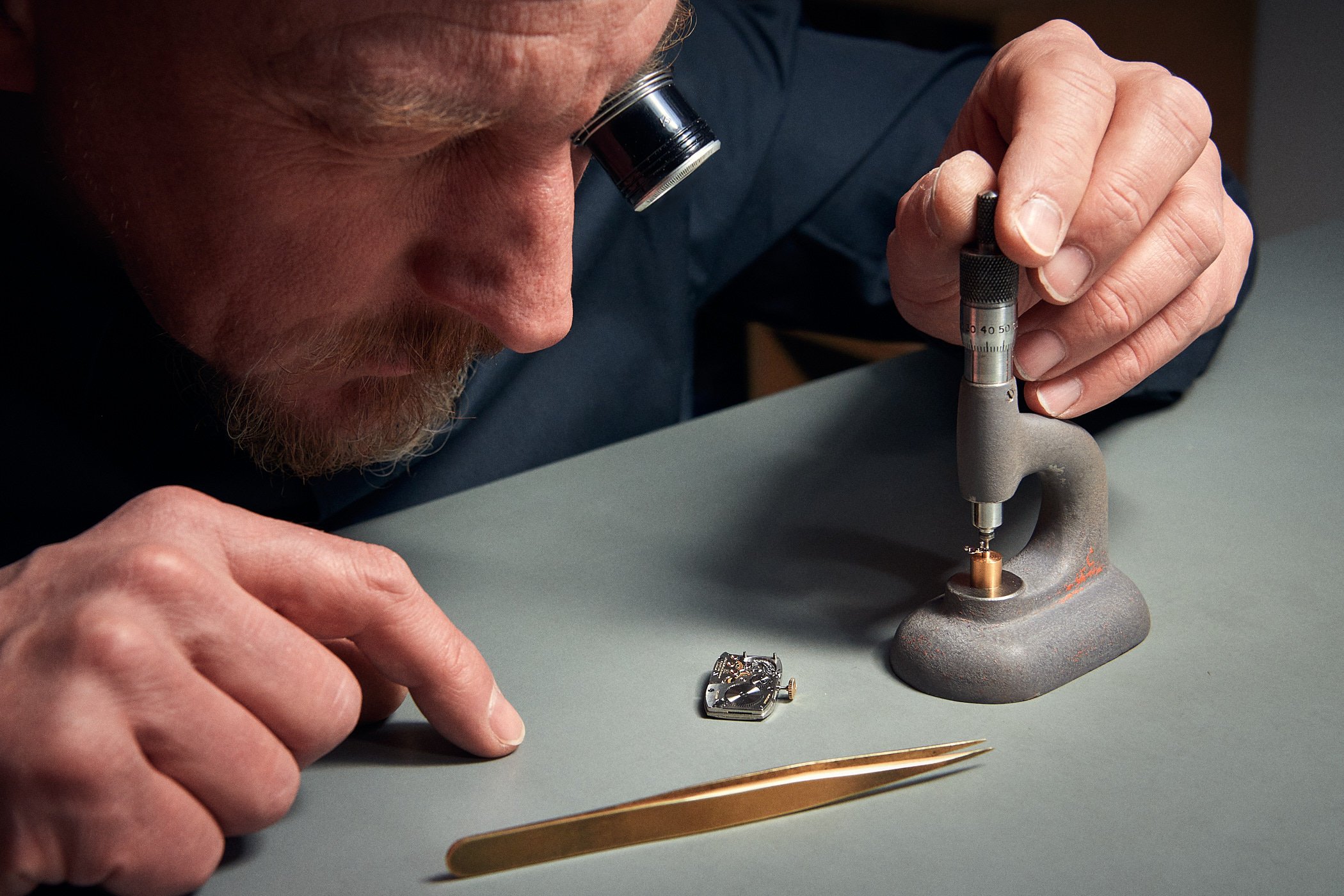

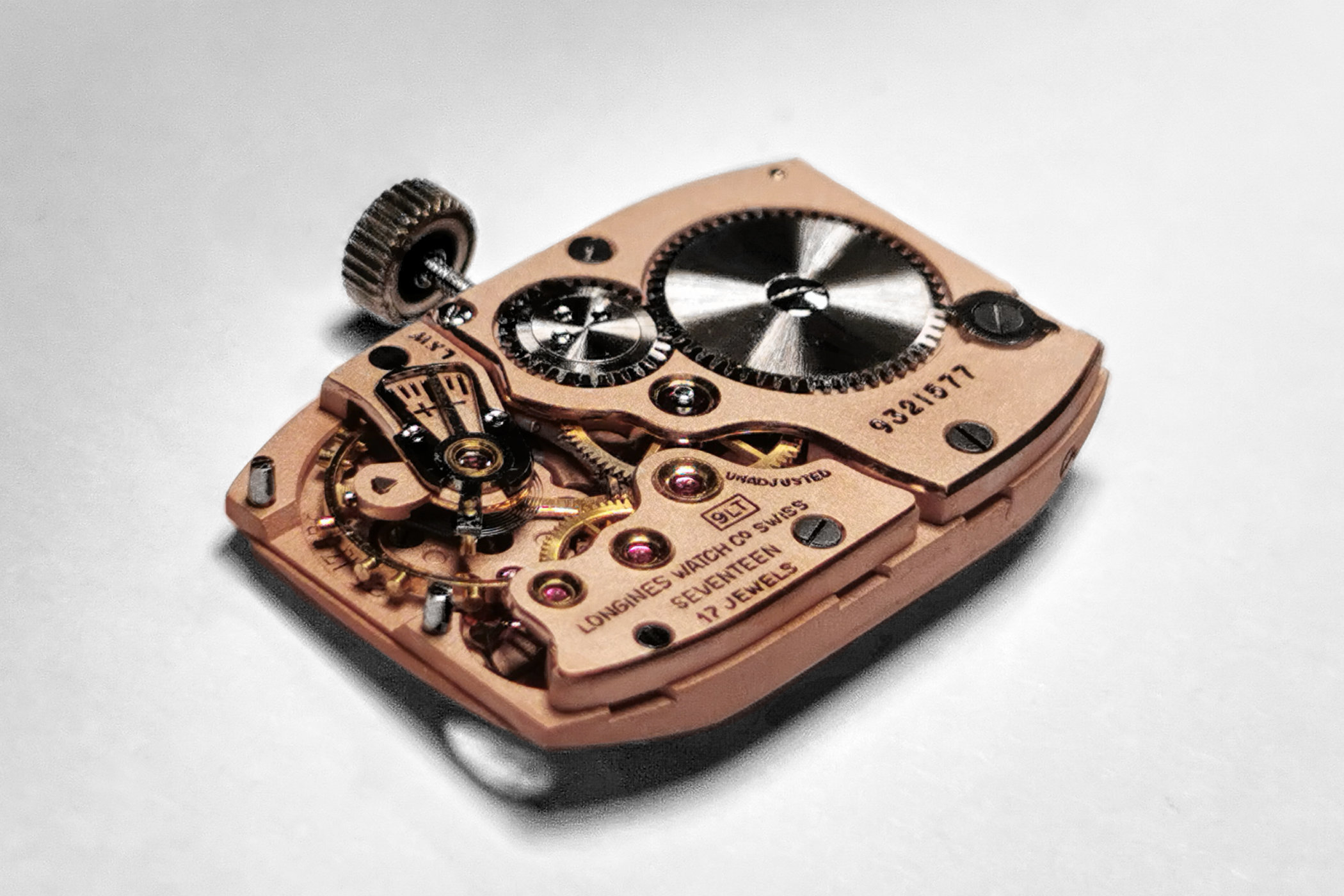
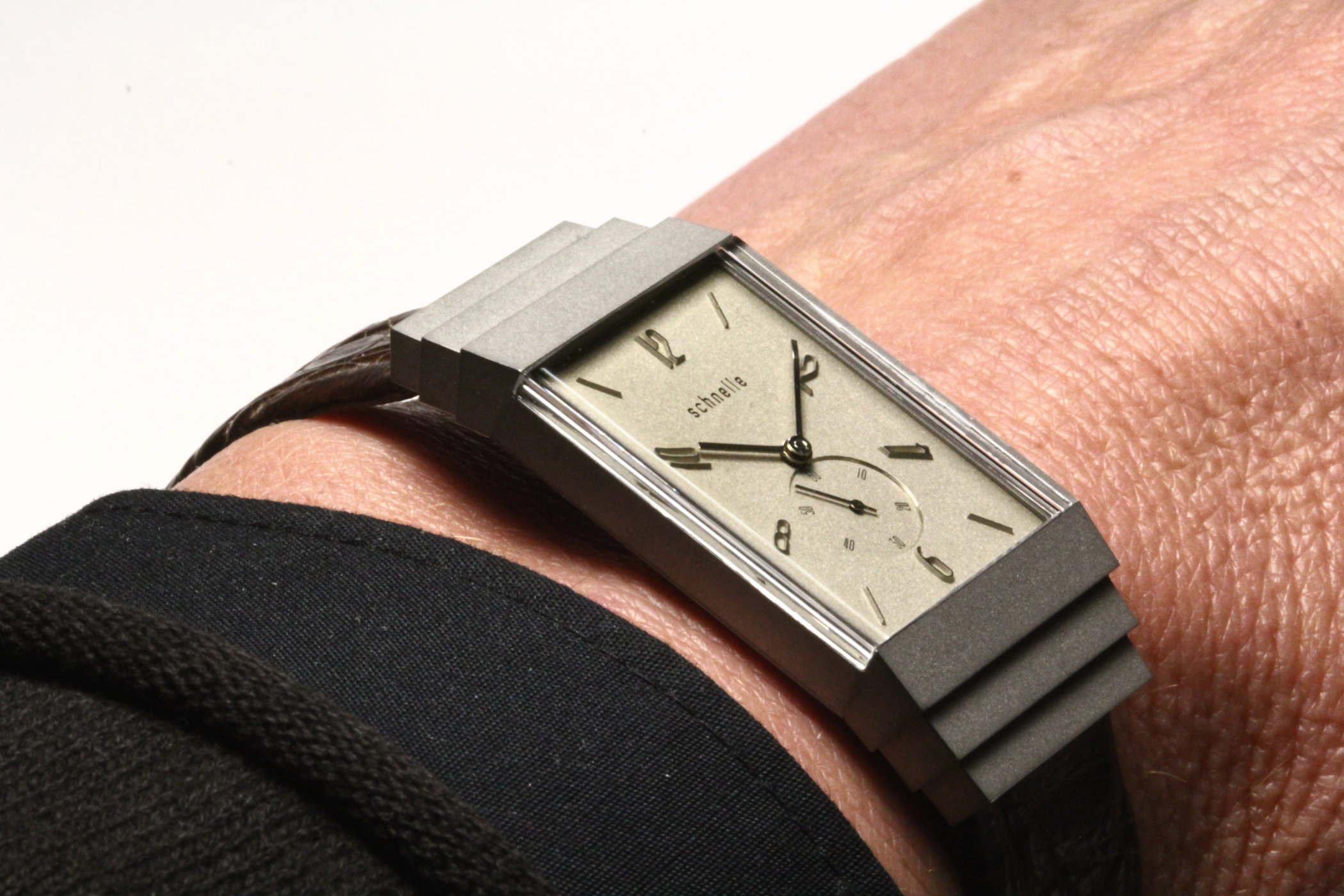
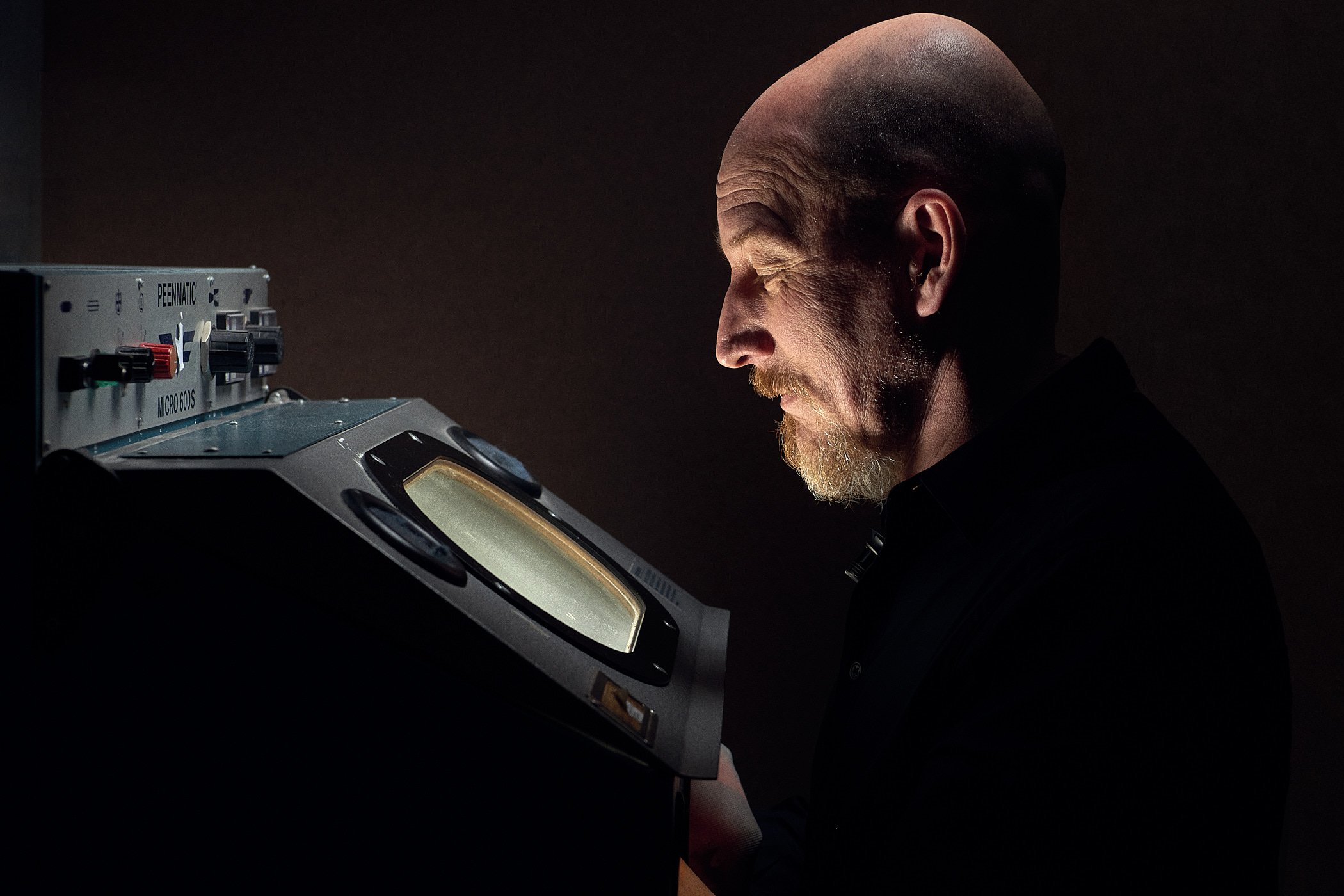
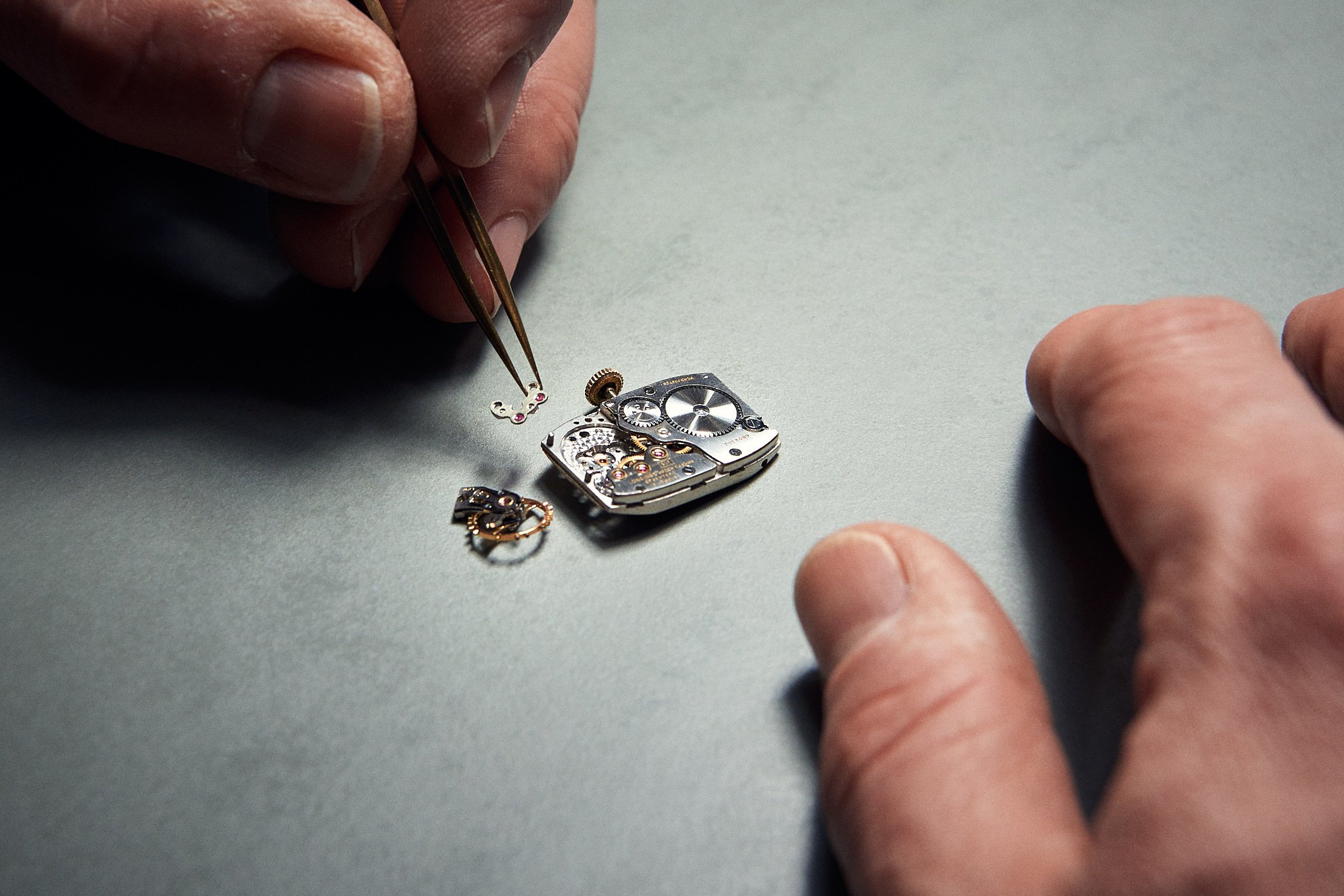




2 responses
Exquisito.
I cannot take my eyes off of this. Incredibly balanced, really interesting mix of Bauhaus and Deco influences. And the way it sits on the wrist is exquisite. As a designer myself, this appeals to all of my sensibilities. Would love to own one!